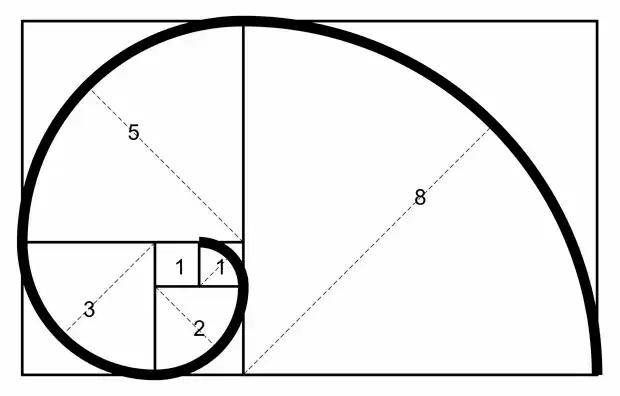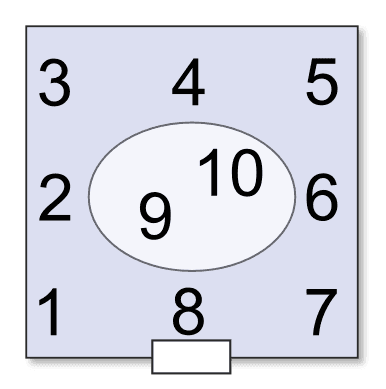The Fibonacci sequence
1, 1, 2, 3, 5, 8, 13, 21…
Every number in the sequence is created by adding together the two previous numbers. The next Fibonacci number is 13 + 21 = 34.
Hidden inside this sequence is the golden ratio. Many artists regard the golden circle as the perfect proportion for a canvas.
14
84 reads
CURATED FROM
IDEAS CURATED BY
The Fibonacci sequence is used in art, composition, maths, nature, music, investing and more.
“
The idea is part of this collection:
Learn more about scienceandnature with this collection
How to choose the right music for different tasks
The benefits of listening to music while working
How music affects productivity
Related collections
Similar ideas to The Fibonacci sequence
How To Create Rooms In a Memory Palace
- Bring to mind a room that you are very familiar with.
- As you walk into the room you’re familiar with, the corner over your left shoulder is number 1. Then, moving clockwise round the room, the next wall is number 2. And so on, so that there are 8 numbers. 9 will be...
Agile Estimation and Planning
1. Planning Poker: All participants use numbered playing cards and estimate the items. Voting is done anonymous and discussion is raised when there are large differences. Voting is repeated till the whole team reached consensus about the accurate estimation. Planning poker works well when you hav...
Read & Learn
20x Faster
without
deepstash
with
deepstash
with
deepstash
Personalized microlearning
—
100+ Learning Journeys
—
Access to 200,000+ ideas
—
Access to the mobile app
—
Unlimited idea saving
—
—
Unlimited history
—
—
Unlimited listening to ideas
—
—
Downloading & offline access
—
—
Supercharge your mind with one idea per day
Enter your email and spend 1 minute every day to learn something new.
I agree to receive email updates

